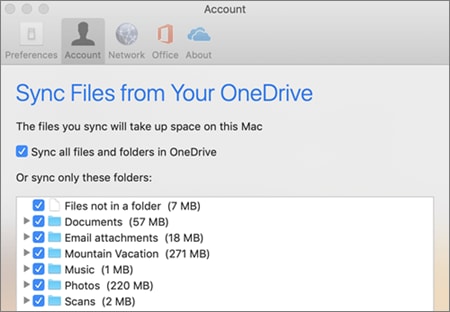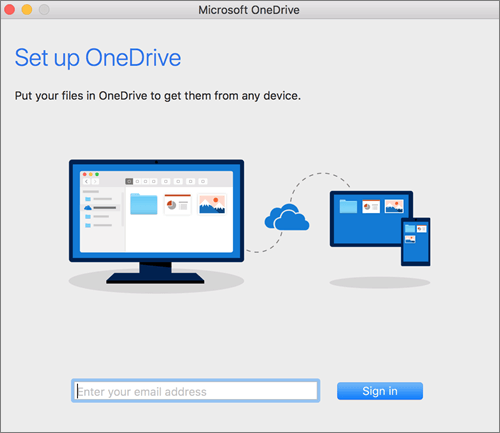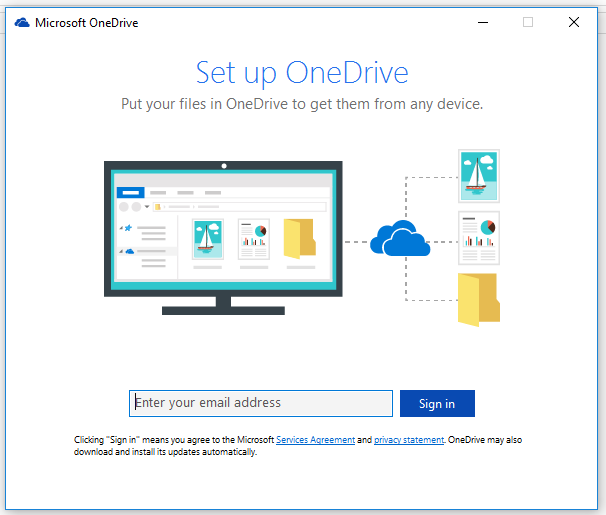

One major concern is, “What if I remove the micro SD card?” Well, if you remove it while it is actively reading/writing, then you may corrupt your data. OneDrive synchronizes the files to and from the cloud fine as well. You can directly work on the files and move them to and from the OneDrive folder fine. Once done, OneDrive works as it would with a regular drive.

If you’re not (yet) among us tech geeks, below is a step by step guide on how to get OneDrive to sync data to the removable drive. If you’re a tech geek, format your removable media as NTFS, create a dynamic virtual hard drive on it, and point OneDrive to the virtual hard drive. So here’s how to get around it in Windows 10 (thanks for the tip Brian!). For example, I practically doubled the storage on my 128GB Microsoft Surface Pro 3 with a new 128GB micro SD card inserted behind the kickstand. This is where OneDrive’s cloud storage and a large removable drive can work together very well.

However, once you install your necessary (and unnecessary) applications, like Microsoft Office, Adobe Photoshop, Minecraft and a myriad of other programs your available free space gets fairly small for your own personal data, like documents, pictures, music, videos, and other files. This system drive is typically a lot faster than removable drives, so it is better used for applications. The main reason is because your computer or tablet has limited space, generally between 64GB and 512GB. We were able to overcome this in Windows 8 with this earlier tip.

However, one thing has remained the same, OneDrive’s inability to work on removable drives right out-of-the-box. There has been many changes to OneDrive over the years and across the different Microsoft Windows versions from Windows 7, to Windows 8 and 8.1, and now Windows 10.


 0 kommentar(er)
0 kommentar(er)
